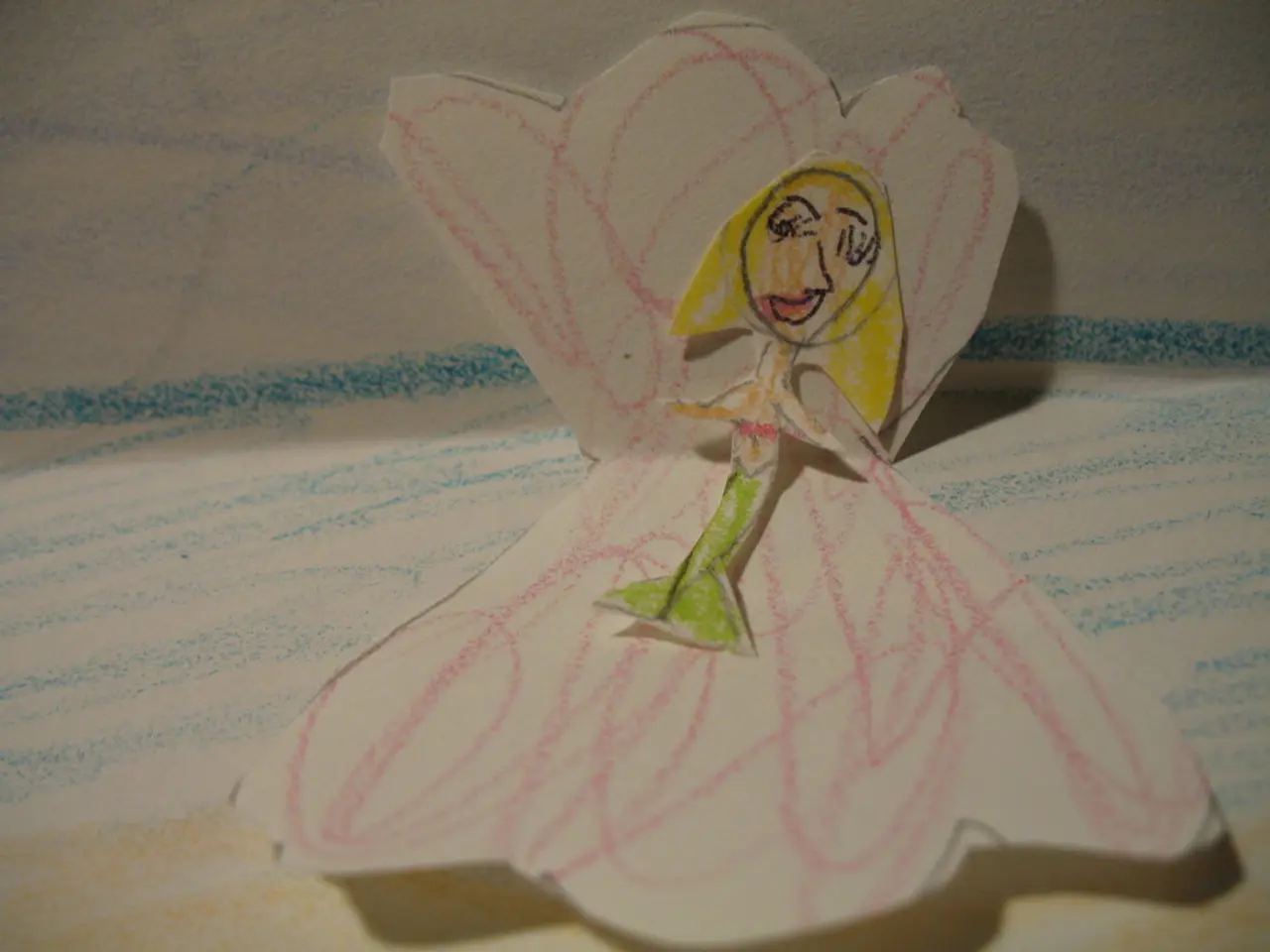Creative Handmade Art Project: Handprint Collages
Handprint Art: A Timeless Form of Human Expression
Handprint art, one of the oldest known forms of artistic expression, dates back tens of thousands of years in prehistoric societies. This ancient art form carries profound cultural and social significance, serving as a means of symbolic communication that marked identity, belonging, and ritual practices across time.
Origins and Evolution
The earliest known handprint art can be traced back to prehistoric times, with hand stencils created by ancient humans using natural pigments. Archaeological sites like Pech Merle and Rouffignac Caves in France feature extensive hand stencil art produced by women, men, and children, indicating communal participation in art-making and cultural transmission during the Upper Paleolithic period (over 30,000 years ago).
More recently, discoveries in Spain have revealed that Neanderthals also created hand stencils in caves like Maltravieso, dated around 66,700 years ago. This discovery challenges previous views of Neanderthals as lacking abstract thinking or cultural complexity.
In ancient civilizations such as Egypt, handprints have been found on funerary artifacts, with a rare 4,000-year-old detailed handprint discovered on a "soul house" model. This suggests that artisans left personal marks or signatures on their work, emphasizing the continuity in the significance of handprints as marks of human presence and craftsmanship.
Variations and Techniques
Handprint art can be created in two basic varieties: prints or stencils. Handprints are made by pressing a pigment-covered hand directly onto a surface, while stencils are created by placing the hand against a surface and blowing pigment around it to leave a negative silhouette.
Both handprints and stencils have been found in prehistoric art, with the deliberate omission of fingers and repeated motifs suggesting complex ideas, such as social belonging, ritual sacrifice, or proto-writing systems. Some handprints have even been reinterpreted as non-human (e.g., reptile) in origin, highlighting the complexity and caution required in interpreting these marks.
Significance in Ancient Art
Handprint art served as an early medium for identity expression, community inclusion, and cultural continuity, reflecting both social dynamics and spiritual beliefs. The involvement of diverse groups, including children, highlights the social and educational role of handprint art within prehistoric groups.
The recognition of Neanderthal artists expands the timeline of symbolic thought and challenges cultural stereotypes about ancient humans. In later ancient societies like Egypt, handprints preserved on artifacts underscore the human desire to leave personal legacies and artistic signatures, bridging prehistoric practices to historical art traditions.
Getting Started with Modern Handprint Art
For those interested in creating their own handprint art, there are numerous resources available. To make a handprint collage, you will need art paper, markers, a ruler, and a printable. You can color each individual shape on the page, overlap the handprints as much as possible, and draw lines across the page and through the hands to create new shapes in between the hands.
The Art Techniques Pack, the Printable Art Bundle, and the Art and Playdough Pack offer a wealth of information, tips, and activities on watercolor, collage, printmaking techniques, and playdough art. Additionally, the Famous Artists Project Pack, Preschool Art Projects, Free Art Challenges, Outdoor Art Projects, Fun Pop Art Ideas, Getting Started with Process Art, STEAM Activities, and the Artists Challenge Pack provide a variety of resources for creating beautiful and meaningful handprint art.
References:
- Palaeolithic cave art
- Neanderthal cave art
- Ancient Egyptian art
- Neanderthal art
- Wadi Sura II
- Handprint art projects can be engaging activities for kids, allowing them to express their creativity while learning about different artistic techniques.
- Preschool education often incorporates handprint art as part of their learning and development curriculum, focusing on personal growth and education.
- For kids interested in fashion-and-beauty, DIY handprint art projects offer unique ways to design personalized stationery and clothing.
- Home-and-garden enthusiasts might find handprint art a fun way to decorate their living spaces, whether incorporated into wall art or creative recipe labels.
- Food-and-drink lovers can experiment with edible handprint art, using different foods as paint and creating shaped cookies or decorating cakes.
- Science enthusiasts can explore the principles of electricity by making glow-in-the-dark handprint art, learning about various elements and chemical reactions in the process.
- Education-and-self-development platforms offer resources to help adults delve into the symbolism and history behind handprint art, fostering lifelong learning and personal growth.
- Lifestyle blogs can offer tips for modern handprint art techniques, from watercolor methods to playdough sculptures, providing inspiration for many different interests.
- With various resources available, such as The Art Techniques Pack and the Famous Artists Project Pack, anyone can embark on a journey of exploration and self-expression through handprint art.




